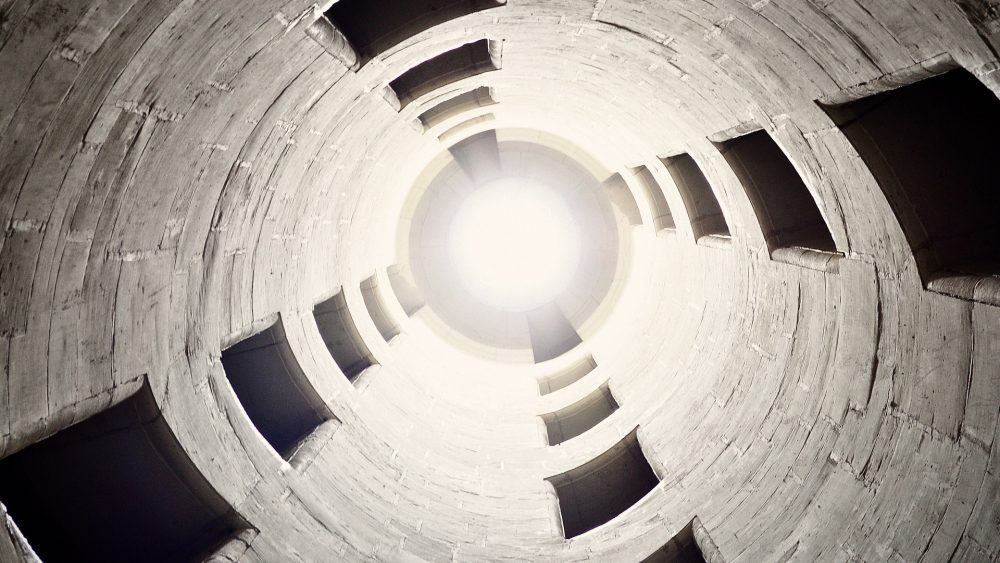The Canadian Centre for Occupational Health and Safety defines a confined space as an
“…enclosed or partially enclosed space that: is not primary designed or intended for human occupancy; has a restricted entrance or exit by way of location, size or means; can represent a risk for the health and safety of anyone who enters, due to one of more of the following factors: its design, construction, location or atmosphere; the materials or substances in it; work activities being carried out in it; or the mechanical, process and safety hazards present.”
Confined spaces:
- Can be either above or below ground
- Can be found in almost any workplace
- Can be permanent or temporary spaces
Common confined spaces include, but are not limited to:
- Bunkers
- Storage tanks
- Ship holds
- Tunnels
- Tanks
- Wells
- Crawl spaces
- Silos
- Ductwork
What are the Hazards in a Confined Space?
Hazards in confined spaces include, but are not limited to:
- Reduced oxygen levels
- Risk of fire and/or explosion
- Flooding
- Air contaminants including poisonous gases, fumes, or vapours
- Risk of noxious fumes
- Hot working conditions
- Low visibility
Reducing the Risks
- If possible, avoid entry to confined space
- Identify hazards and complete risk assessments to identify precautions
- Follow proper Confined Space Programs to ensure worker and rescuer (if required) safety
- Ensure workers are trained to recognize hazards
- Ensure all those who are working in confined spaces are qualified to do so
- Have emergency procedures and plans in place prior to commencing work


Comments are closed.